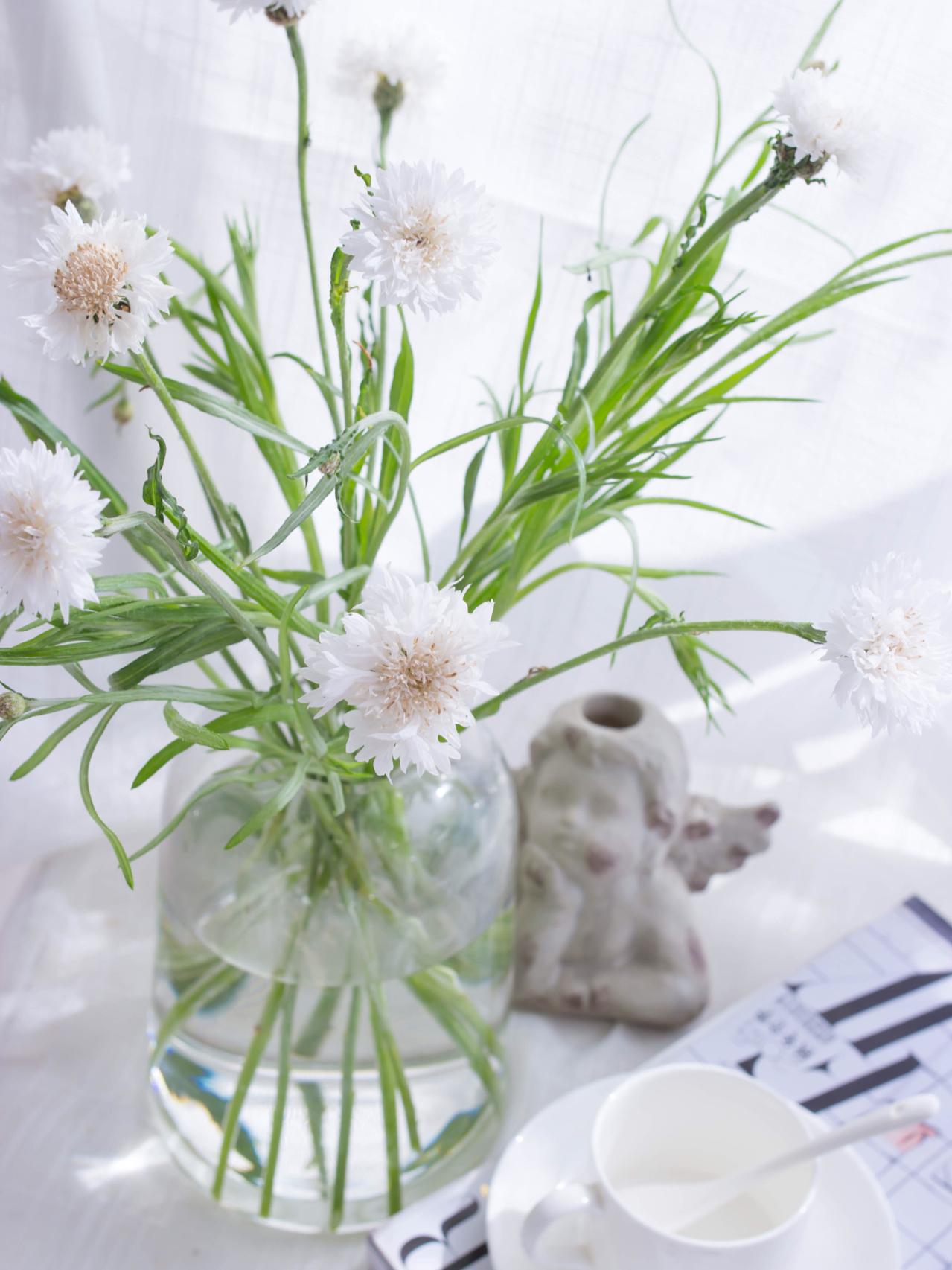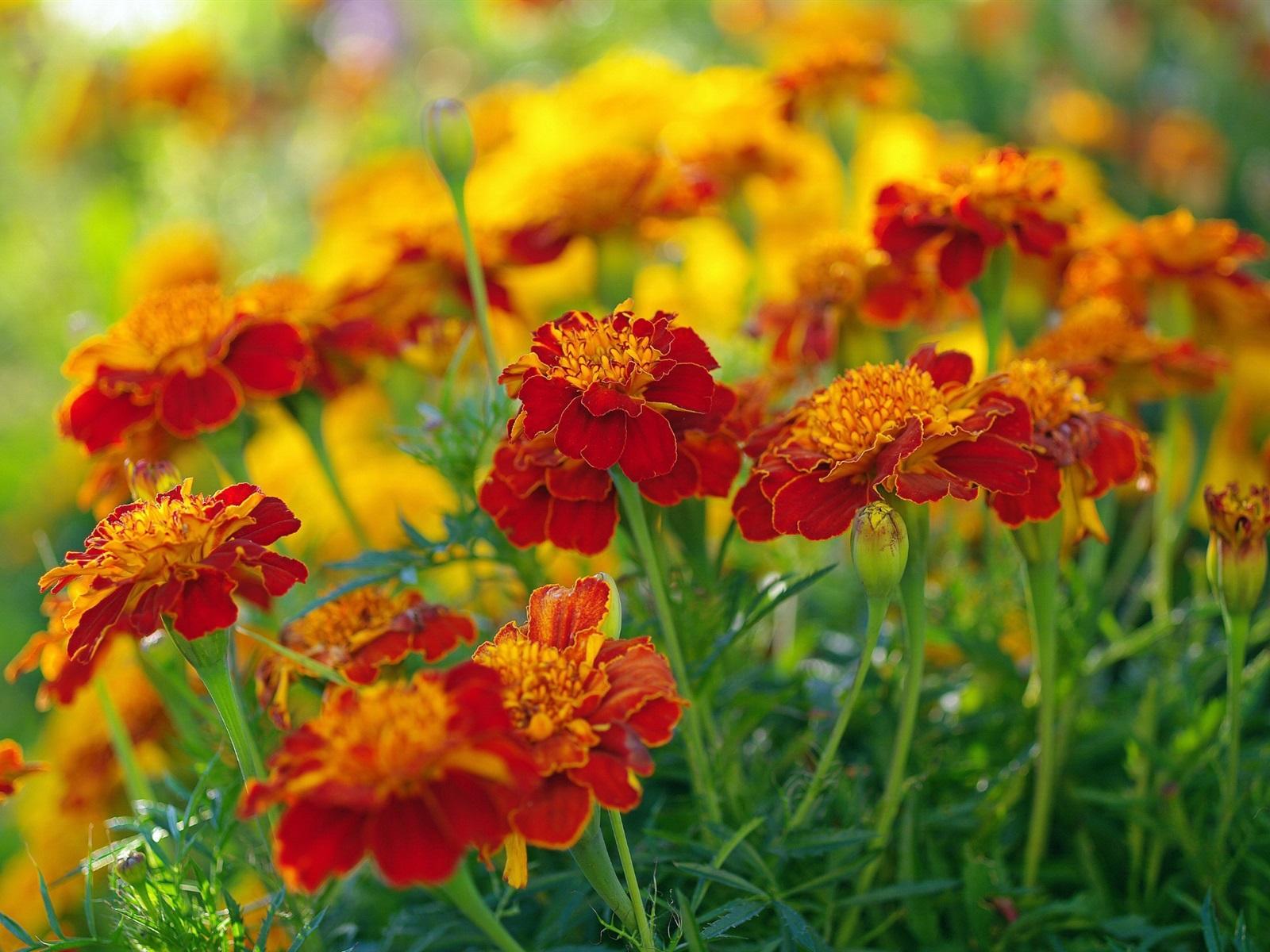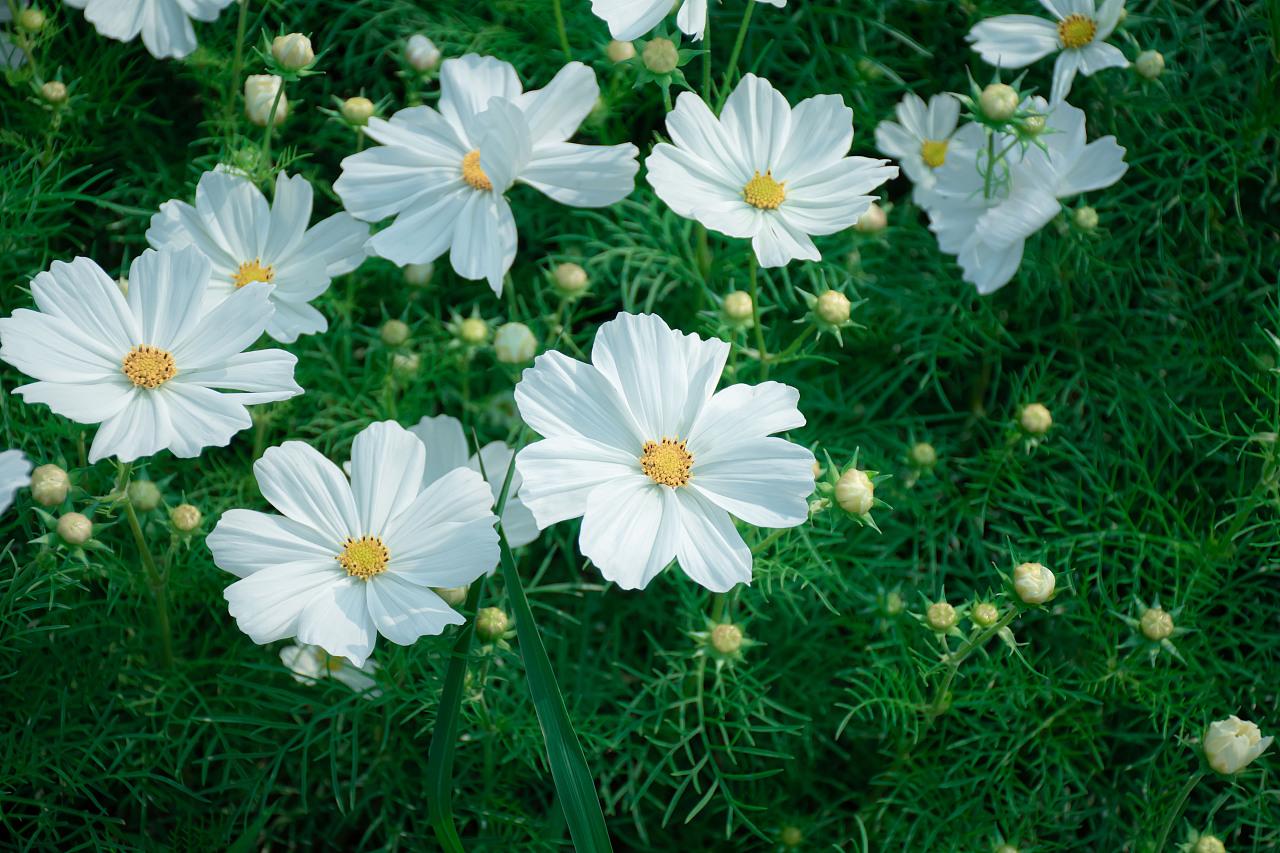Basellaceae is a fascinating plant family with an interesting story. It includes the genus Basella, commonly known as the vine spinach. The family is native to tropical regions and is known for its edible leaves, which are highly nutritious and used in various cuisines.
One interesting fact about Basellaceae is that it is believed to have medicinal properties. In traditional medicine, extracts from Basella plants have been used to treat various ailments such as gastrointestinal disorders, inflammation, and skin diseases.
Another intriguing aspect is that Basellaceae has a unique reproductive strategy. Unlike many other plants, Basella species have flowers that can change their gender. They are initially functionally male but can transform into functionally female flowers as they mature. This adaptation ensures successful pollination and reproductive success.
In addition to their utility in cooking and traditional medicine, Basellaceae plants are also valued for their ornamental qualities. With their vibrant foliage and trailing vines, they make beautiful additions to gardens and hanging baskets.
Overall, the story of Basellaceae is one of versatility, adaptability, and cultural significance, making it an intriguing subject of study for botanists and plant enthusiasts alike.
Picture
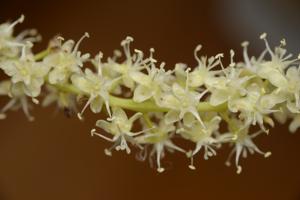
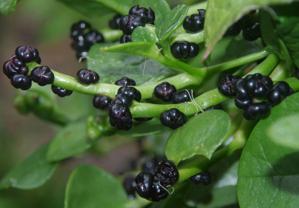
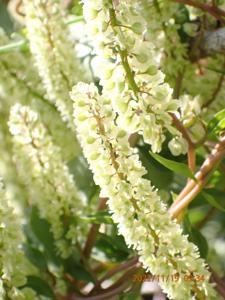
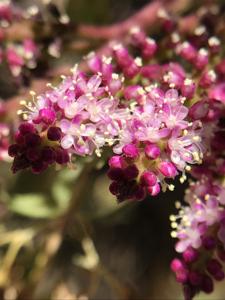
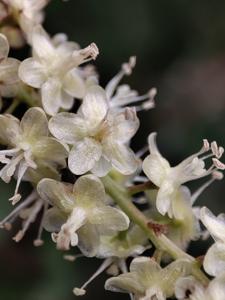
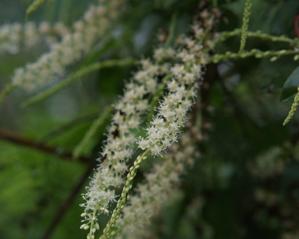
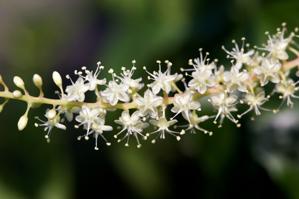
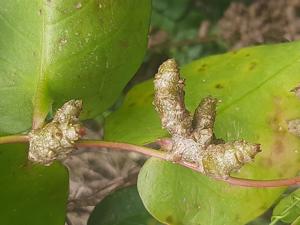
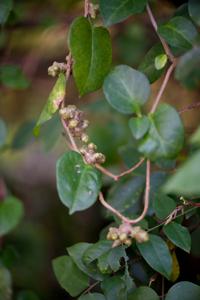
Plant some seeds now!
Multi-Colored Bachelor’s Button
Short Description
Basellaceae is a family of flowering plants in the order Caryophyllales, in the clade core eudicots, according to the Angiosperm Phylogeny Group. The family comprises 19 known species of herbaceous plants in four genera:
Anredera – 12 species
Basella – 5 species
Tournonia – 1 species
Ullucus – 1 species
All the species are climbing or trailing vines. Two species cultivated as food – Basella alba (Malabar spinach) and Ullucus tuberosus (ulluco) – have been bred to a more erect, compact form. Three species grow tubers – Anredera cordifolia and A. vesicaria produce them in the leaf axils or at the base of the stem and U. tuberosus at the end of stolons. Leaf blades vary in shape between species, within species, and even on an individual plant.
The two cultivated species are of economic importance.

